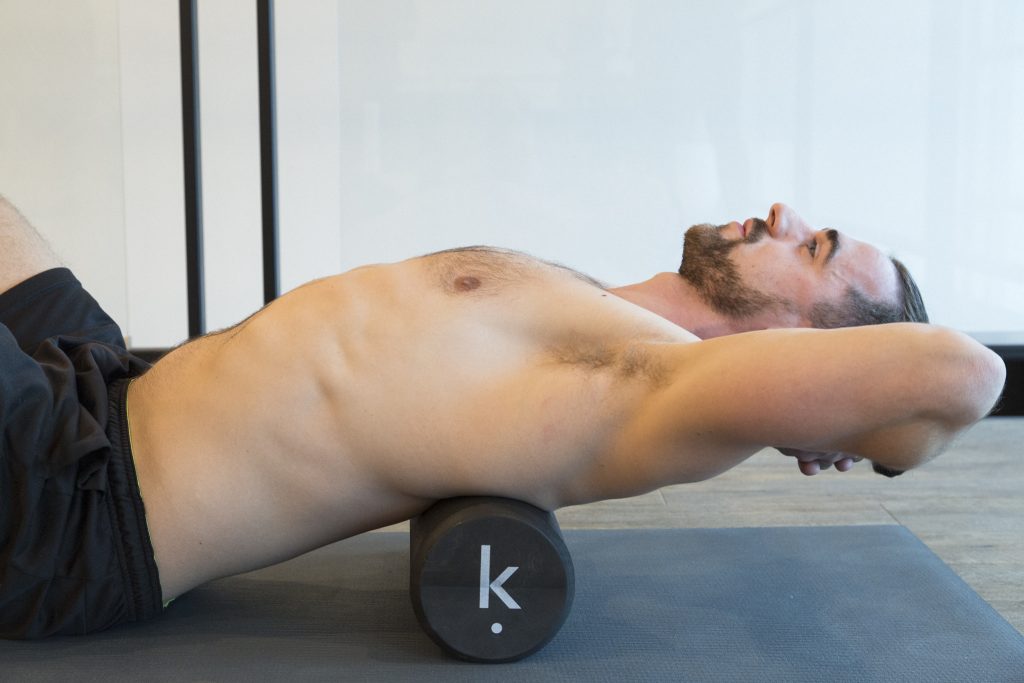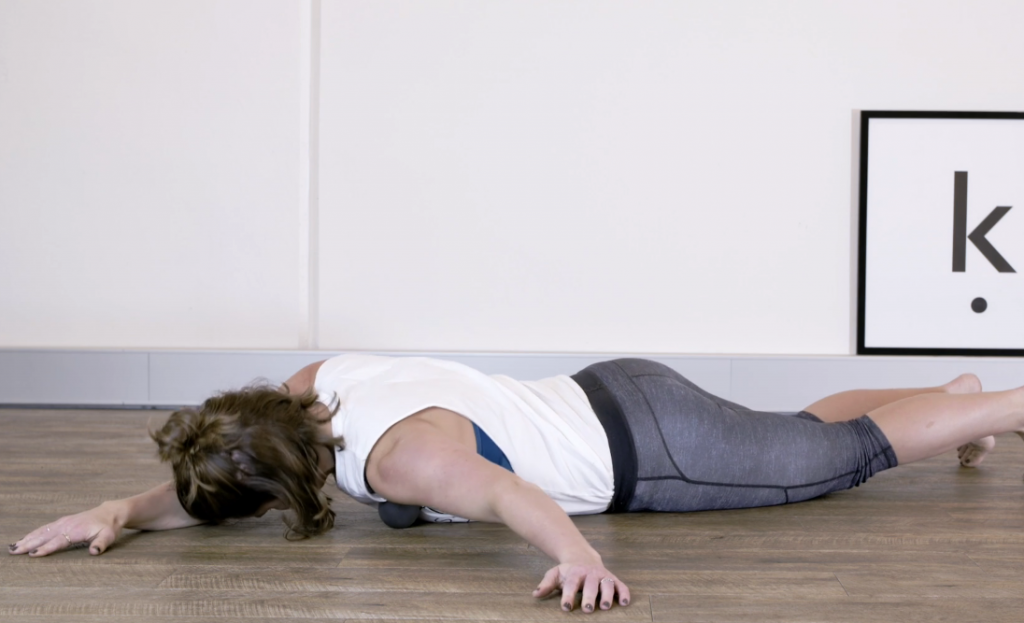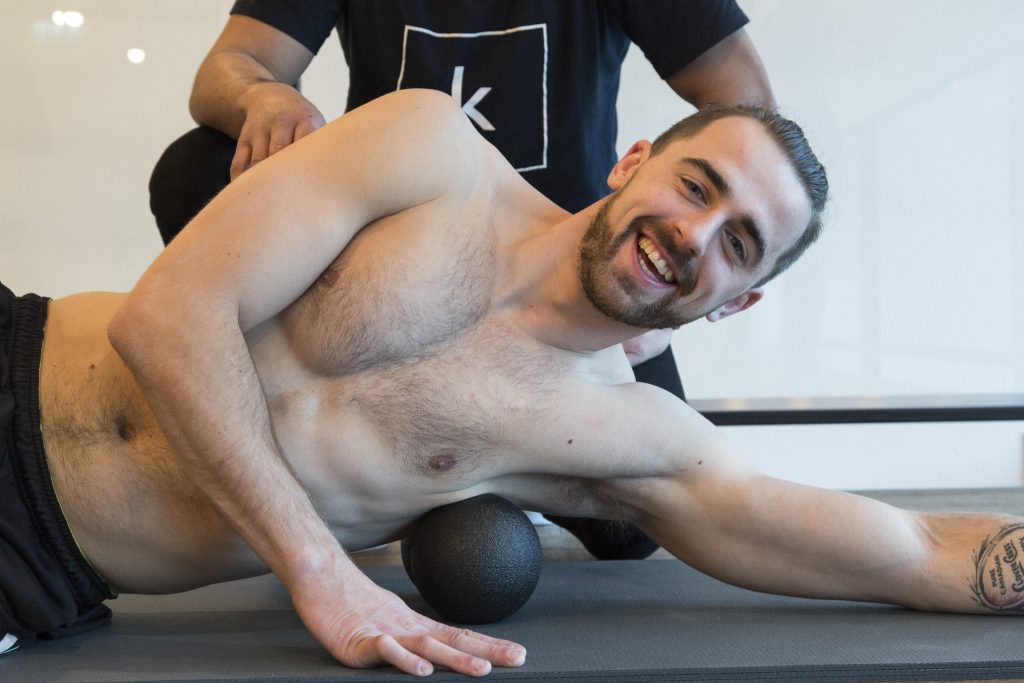3 common exercises we give to help reduce shoulder pain.
February 13thShoulder pain is a very common complaint in today’s society and often becomes a lifelong issue for a lot of people. Data from the Australian Medicare Benefits Scheme indicates that shoulder problems were the third most common reason for imaging between July 2016 and June 2017.

Throughout life we sustain injuries that linger and often leave us wondering why they occur and how to resolve them. For me, my injuries started with a left shoulder subluxation during a rugby game. Following this injury I was left with a weak, ‘clicky’ shoulder. It wasn’t until I received the right education and understanding that I was able to strengthen it to a point where it serves me well. However, due to the nature of my job (being bent over a treatment table pushing and pulling people all day), my shoulder does start to become achy from time to time. But again, thanks to my knowledge and compliance doing my own home exercises, I can always alleviate any shoulder discomfort that arises.
Whether you’re an elite athlete, or an office worker, shoulder injuries occur in almost everyone subject to repetitive stress and overuse of their upper limbs.
The key to resolving shoulder pain is to determine whether there is muscular dysfunction (e.g. if a muscle is weak, damaged or tight), joint damage, poor scapular movement, and/or thoracic immobility.
However, the shoulder is complex due to the many vectors that pull on the scapular. Therefore, a careful process of elimination is required in order to figure out what is the root cause of one’s pain.
 The scapular has many muscles attaching to it. Thus, the position of it is determined by the balance of these ‘guy wires’ (Myers, 2002).
The scapular has many muscles attaching to it. Thus, the position of it is determined by the balance of these ‘guy wires’ (Myers, 2002).
There are many other contributing factors including neural and pathogenic related causes to shoulder dysfunction which will not be covered in this blog. I will focus on shoulder dysfunction with a musculoskeletal root cause.
The structure of the shoulder joint is a ball and socket joint. The head of the humerus sits snug in the socket of the scapular, which creates what we call the ‘shoulder girdle’. Efficient shoulder movement requires the ball and socket to stay in close contact throughout movement of shoulder girdle e.g. When raising the arm overhead, the shoulder blade must follow the head of the humerus in order to maintain shoulder stability and reduce strain on the shoulder muscles to complete the movement. This moment is called scapulohumeral rhythm.
Most shoulder injuries arise when scapulohumeral rhythm is compromised. The unfortunate reality is that scapulohumeral rhythm is commonly affected because of its connections to the neck, spinal, and elbow/forearm regions.
As technology develops, we become subject to more sitting and developing poor postural alignment. The common muscles that tighten as a result of prolonged sitting, disrupt scapulohumeral rhythm. Therefore, poor posture is just as detrimental to the mechanics of the shoulder as direct trauma or repetitive stress from training and sports.
Irrespective to poor posture, scapulohumeral rhythm disruption can occur as a result of:
- Direct trauma i.e. a fall or tackle
- Shoulder tightness i.e pecs, traps
- Shoulder muscle injury i.e. rotator cuff strain
- Joint capsule damage i.e. labral tear
- Thoracic kyphosis/stiffness
- Neck stiffness
- Cervical and thoracic neural irritation
Due to the majority of people having sustained repetitive stress, a sporting injury or a sedentary lifestyle, it is fair to say that we are all prone to developing some kind of shoulder pain at some stage in life.
Overall, shoulder injuries are a multifactorial issue requiring a multifactorial solution (chicken or the egg kind of case). Therefore, in order to prevent future or recurring shoulder injury, the mechanics of not just the shoulder girdle but the body as a whole need to be assessed and addressed.
In most cases though, I find that people with shoulder injuries have poor thoracic mobility as well as muscle tightness in their pecs and lats. Therefore the 3 basic exercises I prescribe (and do myself to alleviate my own shoulder pain) and would like to share are:
Thoracic Extension
- Start with the foam roller (or K. Peanut) at the level of your lower ribs. Extend backwards. Hold up to 1 minute.
- Move the roller up a spinal level. Extend back again. Hold up to 1 minute.
- Move up one level at a time until you reach the level in the middle of your shoulder blades.
- Remember to breathe, ease into it, and keep your pelvis tucked under to prevent your lower back from extending.
Pec Release
- Lay on your stomach and place ball on your pec muscle.
- Circle arm along the floor, holding on any tender spots until you feel the tension release.
- Repeat on the other side.
- 1-2min each side
Lat Release
- Place foam roller or K. peanut about 5 cm below the level of your arm-pit.
- Place your top hand on the floor (this will allow you to control the downwards pressure).
- Roll up and down, holding on any tender spots.
- You can also bend your elbow and rotate your treating arm through range.
- 1-2 minutes each side.
In people without neural irritation (most commonly caused by cervical disc injury) or pathogenic issues (e.g. osteoarthritis or frozen shoulder), these exercises do relieve shoulder tension when performed once daily or before physical activity.
These self-releasing exercises are a great start to resolve shoulder pain and dysfunction as they help to encourage good scapulohumeral rhythm and improve general posture.
Once again, the shoulder diagnosis and treatment is complex and should be individualised and is in no way limited to these 3 exercises. Appropriate imaging can also be a vital process for shoulder injuries as they help to determine your treatment plan and assist in deciding whether surgical interventions are necessary.
If you’re suffering acute or ongoing shoulder pain, the team at Kinematics would love to help you on your rehab journey. We have a particular interest in full-body movement analysis (biomechanics) to ensure we are holistic in our approach to treatment with the ultimate aim of providing long-lasting results for our clients.
Thanks for reading and I hope you find these exercises as beneficial as I do!



